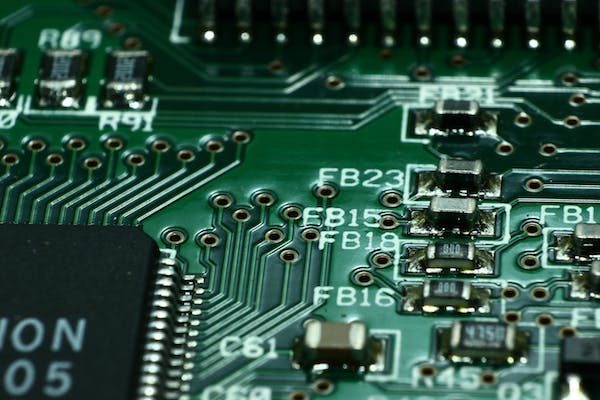
22 Jun GADGET INSPECTION: NEW TRENDS IN ELECTRONIC PARTS, EQUIPMENT, AND ENGINEERING
Welcome to the future of electronic parts and equipment – and a world where technology is integrated into just about any device or object that you can imagine. After all, from cars to kitchen devices, the future of many advanced devices and appliances is as much about silicon as it is steel. So why not talk about the shift that’s happening? And what the future of electronic parts and equipment is likely to hold, given the way industry norms are currently trending.
Miniaturization has been around in the electronics industry for decades, for instance, with devices becoming increasingly smaller and more powerful. It will remain a prominent trend (no surprise) as researchers and manufacturers work to develop new materials and techniques that enable further miniaturization. By way of illustration, the development of nanotechnology has enabled the creation of electronic components at the atomic scale. This allows for the fabrication of ultra-thin transistors, memory devices, and sensors that can be integrated into a wide range of applications, from wearable devices to flexible displays.
As electronic components shrink though, you’ll also see a rising push for integrated solutions that combine multiple functions into a single chip. System-on-Chip (SoC) technology addresses this demand by integrating various components, such as processors, memory, and input/output systems, into a single silicon item. Such solutions offer several advantages over traditional multi-chip designs, including reduced power consumption, increased performance, and smaller form factors. As a result, SoCs are becoming increasingly prevalent in applications such as smartphones, IoT devices, and automotive systems.
At the same time, with growing concerns about energy consumption and climate change, the electronics industry is shifting its focus towards developing more energy-efficient devices and components. Low-power electronics aim to reduce power use without sacrificing performance, enabling longer battery life and reducing the overall environmental impact of electronic devices. One approach to achieving low-power electronics is through the development of advanced semiconductor materials, such as gallium nitride (GaN) and silicon carbide (SiC). These materials offer superior performance compared to traditional silicon, allowing for more efficient power conversion and reduced energy loss.
That being said, it bears reminding: Electronic waste (e-waste) is a significant environmental concern, with millions of tons of discarded electronic devices ending up in landfills each year. To address this issue, the electronics industry is increasingly embracing the principles of the circular economy, which seeks to reduce waste, conserve resources, and extend product lifecycles. Manufacturers are also adopting strategies such as modular design, which allows for easier repair and component replacement, as well as the use of recyclable materials in their products. And then of course recycling programs and take-back initiatives are also being implemented to encourage proper disposal and repurposing of electronic devices.
On another important front, flexible and stretchable electronics are an emerging field that aims to develop electronic components and devices that can be bent, twisted, and stretched without compromising their functionality. These solutions should be on your radar as they have the potential to revolutionize various industries from healthcare to consumer electronics by enabling new form factors and applications.
For example, flexible electronic skin patches could be used for non-invasive health monitoring, while stretchable displays could be integrated into clothing or other wearables. As materials science and fabrication techniques continue to advance, flexible and stretchable electronics are poised to become an integral part of the future of electronic parts and equipment.
And, naturally, it bears keeping in mind that quantum computing is a rapidly developing field that holds the potential to revolutionize the electronics industry by enabling vastly more powerful computing capabilities. By harnessing the unique properties of quantum mechanics, quantum computers can solve complex problems that are currently beyond the reach of today’s most advanced electronic devices.



